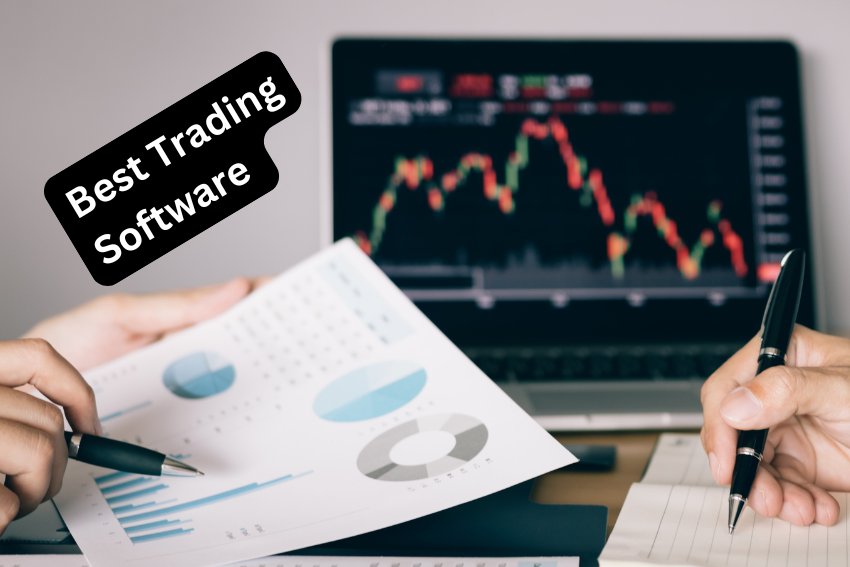When thinking about the financial markets, many people imagine high-powered businessmen and women in suits discussing million-dollar deals. However, technical analysis is just as valid a tool for those looking to make money by trading forex despite what some may believe. In fact, it is used across all asset classes, from currencies to commodities and stocks.
Technical analysis can be defined as “the use of historical price data to identify patterns that could predict future price movement”. This means instead of studying companies or business fundamentals, one analysis how a market has behaved historically to forecast how it might behave in the future.
Risks associated with technical analysis in forex trading
Investing in forex trading is a highly speculative endeavor. This means that it carries a high degree of risk in exchange for the potential gains, where the losses can outweigh the gains. Therefore, reducing your exposure to these risks will give you a better chance of staying in profit over time. One way to do this is through using technical analysis when trading.
How does technical analysis work?
Technical analysis aims to forecast future price movements through analyzing past market data such as prices and volume, where specific patterns will repeatedly appear when the price reaches certain levels.
By recognizing these patterns, you should predict future movements and potentially make a profit. However, some factors can impact the accuracy of this analysis, such as market sentiment and how other traders react to specific patterns.
Technical analysis vs fundamental analysis
The financial markets are often split into two components: fundamental analysis and technical analysis. While both have their merits, each approach sometimes results in conflicting signals. For example, suppose the price of an asset is currently above its historical average. In that case, it could point towards a bullish signal for technical analysts but bearish for fundamental analysts, as this might suggest that the current valuation of the asset is higher than its actual value.
This conflict between fundamental and technical analysis can be seen in many financial markets, but perhaps nowhere more so than in currency trading, where both methods are used to predict future movements.
Fundamental analysis is widely used by Forex traders who focus on macro factors such as interest rates or inflation reports which directly affect the supply and demand of currencies. At the same time, technical analysis is becoming increasingly popular among Forex traders who base their strategies on previous trends, channels and support/resistance levels to find profitable entry and exit points.
Benefits of using technical analysis in forex trading in the UK
There are several reasons why technical analysis is helpful in the currency markets. Firstly, because the foreign exchange market is subject to speculative forces, it can be highly volatile and unpredictable at times, making it a perfect environment for applying the laws of technical analysis.
The second reason is that Forex traders tend to place less emphasis on company fundamentals than their equity counterparts, opening up more opportunities to use price action to predict future movements.
Lastly, Forex data tends to be much cleaner than other asset classes such as equities and commodities making it easier to analyze. Analyzing clean data means less ‘noise’ in the information provided by the market. Noise comes from factors such as dividend payments or other unique information, which, although essential for fundamental analysis, can distort data and make it harder to spot trends. This is known as ‘noise trading’, where traders place trades based on the noise rather than the actual price action of a currency pair.
Bottom Line
Technical analysis is also helpful because most brokers provide technical charts based on past prices rather than just offering price data which means traders do not need expensive third-party charting software or historical price feeds. Reputable online brokers like Saxo Bank offer free demo accounts where beginner traders can practice different trading strategies. For an explanation on using technical analysis in forex trading, contact a Saxo broker today.






